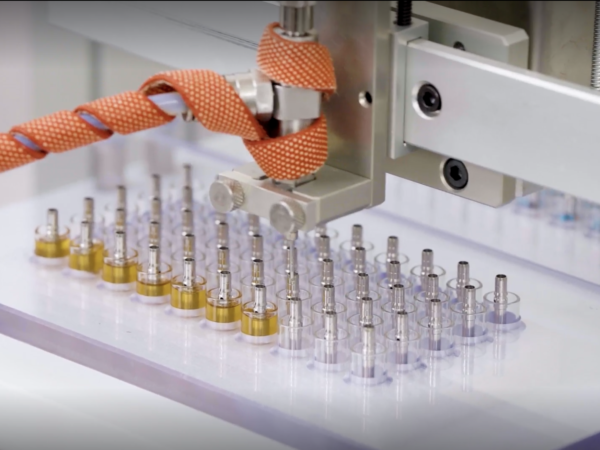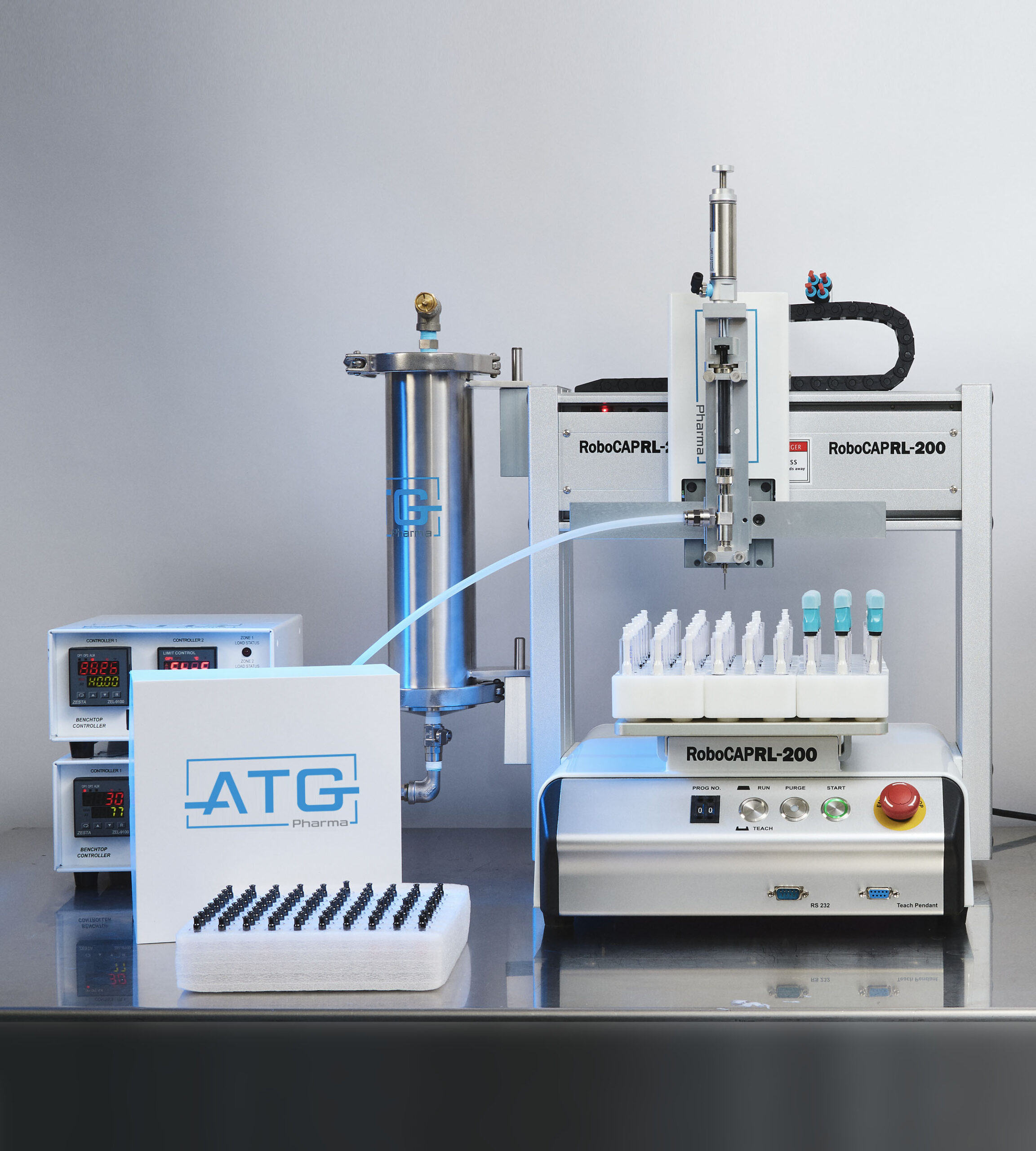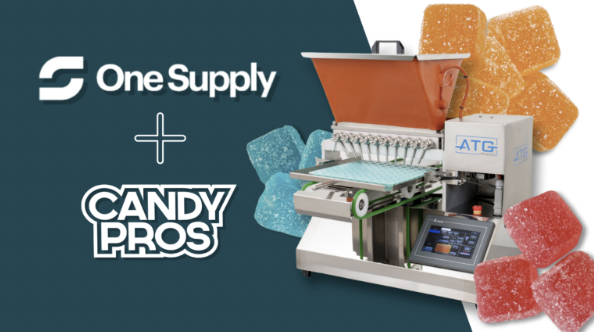- February 29, 2024
Elevating Cartridge Filling: ATG Pharma’s Personalized Approach to Automation
In the ever-evolving landscape of manufacturing, efficiency and accuracy stand as crucial factors determining success. [...]
- January 30, 2024
Cultivating Green Dreams: A Masterclass in Cannabis Automation
In the dynamic and fast-paced cannabis industry, embracing automation becomes essential for your business’s growth [...]
- January 19, 2024
One Supply and Candy Pros: A Winning Team for the Gummy Industry
“Talent wins games, but teamwork and intelligence win championships.” – Michael Jordan Introduction to the Gummy Industry: [...]
BLOG
Is Sustainability In Cannabis Just A Buzzword?
As the cannabis industry faces an onslaught of challenges, there are a lot of demands for attention. In such a fast-paced, regulation-heavy industry it’s hard to know which of these competing demands is important. It’s important to understand if sustainability is more than just a buzzword. Undeniably, sustainability is increasing in importance, and not just due to its impact on Environmental, Social, or Governance (ESG) factors. Increasing a businesses’ sustainability isn’t just about ESG factors, as these practices can help increase the bottom line in addition to decreasing environmental impacts.
With indoor cannabis’ surprising greenhouse gas emissions in addition to its strenuous water needs, pressure from consumers is likely to ramp up in the near future.
So – Is Sustainability In Cannabis just a Buzzword?
No!
Here are some ways to get ahead of the curve!
Use Energy-efficient lighting.
Lighting accounts for a significant portion of the energy consumption for indoor cannabis cultivation. Using energy-efficient LED lighting can significantly reduce energy use and costs. The benefits to LED’s aren’t just environmental – they also help to reduce the overall cost of lighting in a variety of ways. LED’s use less energy and last longer than solutions like high-pressure sodium lighting. Because LED’s are so much more energy efficient, they also don’t create as much heat. That means savings when it comes to cooling grow rooms. Side bonus – no bulbs to change or dispose of which also has a positive effect on landfills.
Use automated systems and sensors
Automation is an important component of successful, large-scale cannabis operations. Using automated systems and sensors that assist people in creating the best environment in which to grow cannabis can not only help to maintain optimal conditions, but also can assist in reducing energy use. A well-designed, fully-integrated system can ultimately drive costs down by offering trend analysis in addition to real-time results.
Recycle and reuse water
Water is a critical resource for everyone in the world – and it’s key to cannabis cultivation. A 2021 report by New Frontier Data estimated that water usage would double in the cannabis industry by 2025. Minimizing water use and waste is vital to a cannabis businesses’ long-term sustainability. Mitigation steps such as using drip irrigation systems, reusing water, and automating watering systems can help conserve water and reduce the environmental impact of your grow.
Implement integrated pest management
Integrated pest management (IPM) is focused on long-term prevention of pests through a variety of controls aimed at eliminating the conditions that lead to infestations. IPM methods such as using non-toxic pest control can help protect the environment and reduce the risk of contamination in addition to fostering overall product sustainability.
IPM can include such steps as providing plants with proper nutrition, ensuring that the grow room is well-ventilated, and keeping the grow room clean. These practices and mitigation techniques help prevent pests from becoming a problem in the first place. Routine monitoring should help alert to early signs of problems, and once a problem is detected there are a variety of sustainable ways to approach solving it. Physical controls, such as traps and barriers, can be used to prevent pests from reaching plants. Cultural controls such as adjusting the grow environment or plant care practices to make the grow room less attractive to pests. Biological controls such as introducing predatory insects like ladybugs or lacewings offer sustainable ways to help control pest populations.
Use renewable energy
Switching to renewable energy sources, such as solar or wind power, can help reduce the carbon footprint of indoor cannabis cultivation.Many places may even offer incentives for growers who use renewable energy, which can help offset the cost of these systems.
Use sustainable materials
Sustainable materials start with where your cannabis is grown. Substrates such as rockwool and plastic pots simply don’t offer the same long-term sustainability as coco coir. But even then, there are substrates that go above and beyond. Understanding your substrate’s impact on the environment – as it’s created and as it’s destroyed – is an important part of evaluating your cannabis grow’s sustainability.
One Supply’s partner, Pure Products, takes coco coir quality and sustainability several extra steps. Pure Product’s coco coir that is organically buffered in addition to being processed at a facility that is ISO compliant in addition to being one of the few substrates to be certified by non-profit foundation RHP. The factory also implements many of the United Nations Sustainable Develop Goals which aims to create a better world for people and our planet by 2030.
Understanding all facets of your substrate’s supply chain can not only impact your cannabis grow’s sustainability, but it also has an impact on your crop’s quality.
There are many reasons that sustainability is important for cannabis brands. Not only does it help mitigate the ESG impacts of cannabis, but it also creates sustainability for your product and brand.



